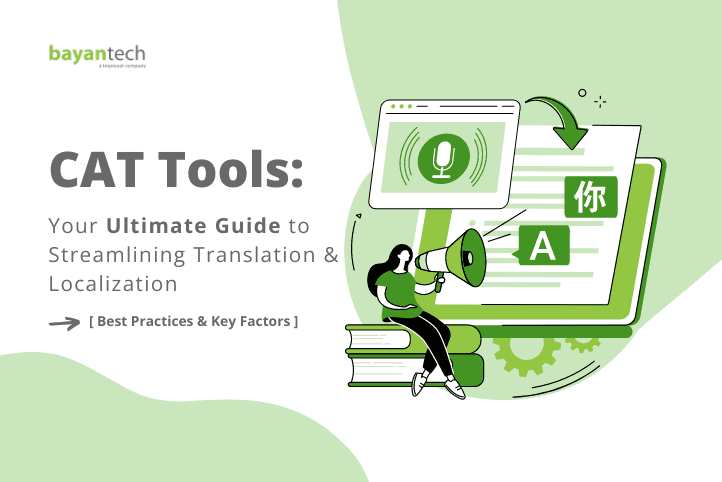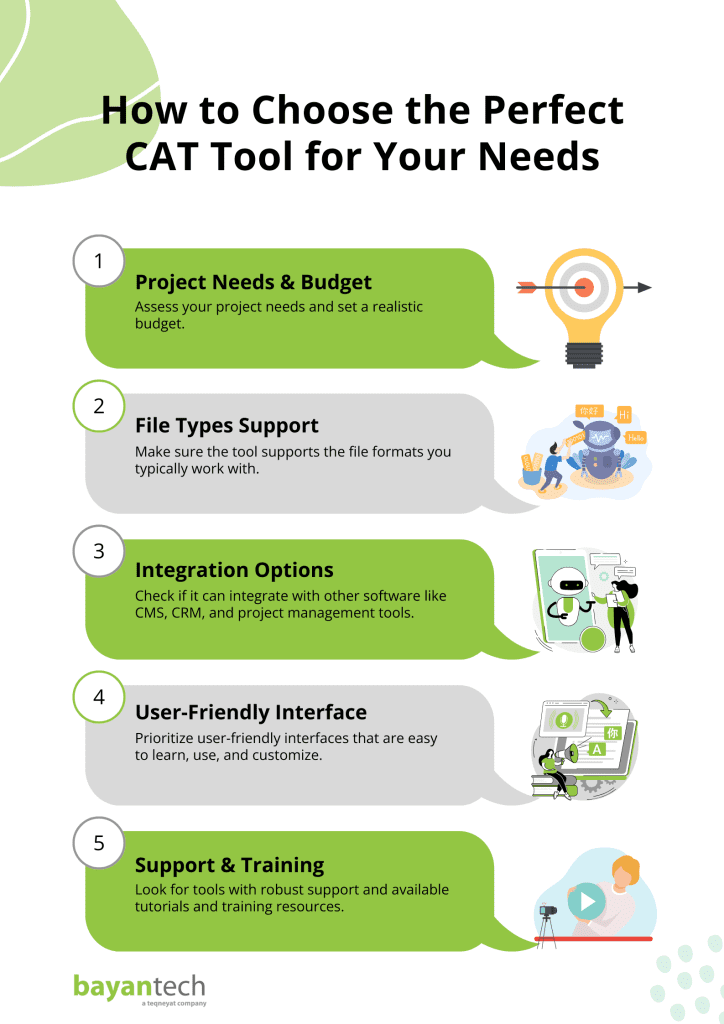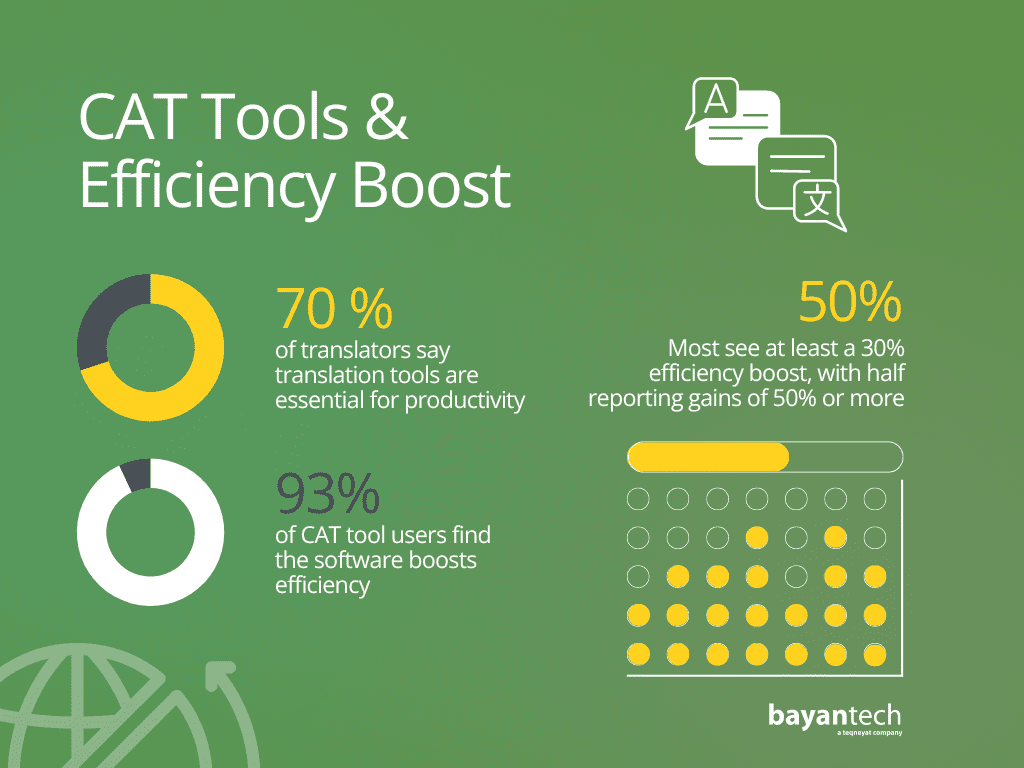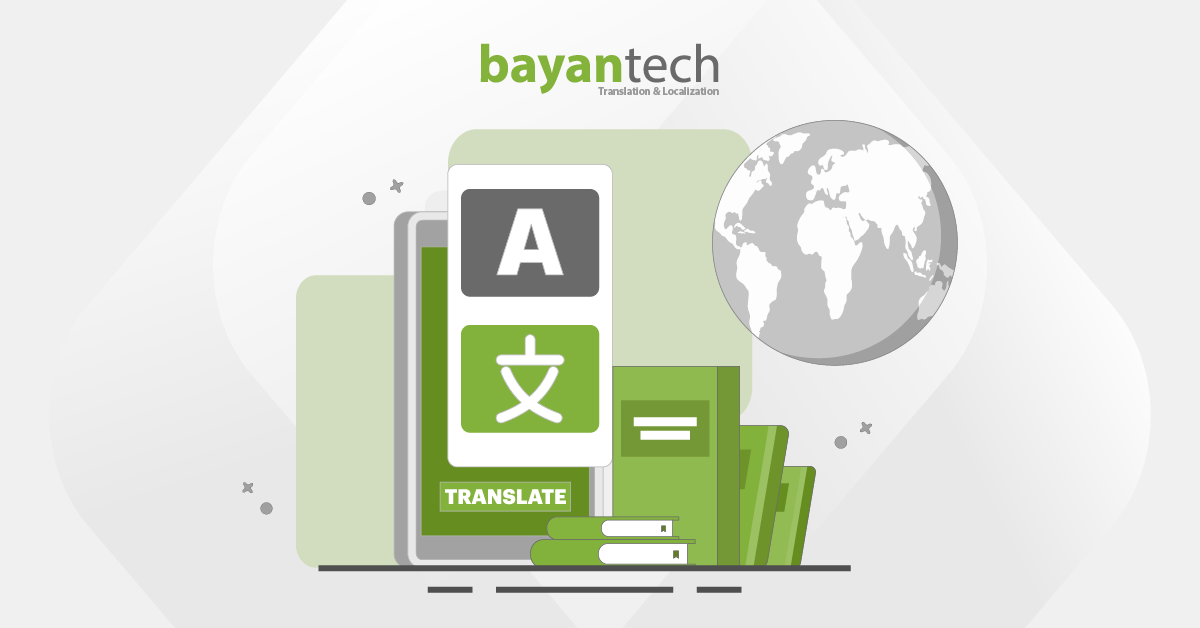Are you drowning in a sea of multilingual content? Translating and localizing your communications in multiple languages while ensuring accuracy and meeting tight deadlines can be overwhelming. That’s why international companies rely on CAT tools.
Computer-Assisted Translation (CAT) tools are software solutions designed to streamline the translation process. These tools are the translator’s best friend, offering a centralized platform to manage terminology, reuse previous translations, and maintain high quality.
CAT tools not only help you deliver faster translations, they also maximize accuracy, consistency, and cost-effectiveness. In this comprehensive guide, we’ll discuss everything you should know about CAT tools. You’ll learn what they are, why they’re essential in your workflow, how they work, and how to choose the right one for your needs.
Understanding What Computer-Assisted Translation Tools Are All About
CAT tools are powerful software programs designed to assist human translators in their work. However, CAT tools don’t provide automated translation; they only simplify the entire translation process, help automate certain tasks, and maximize efficiency.
Key Components of CAT Tools:
Translation Memory (TM): This is a database that stores previously translated segments (sentences or phrases). As you translate, the CAT tool suggests matches from the TM, saving you time and ensuring consistency across projects.
Terminology Management: This feature helps you maintain a centralized glossary of approved terms and their translations. It ensures accuracy and adherence to brand-specific language.
Machine Translation Integration: Some CAT tools can integrate with machine translation engines. This can be useful for getting a first draft or for handling high-volume projects, but human review is always essential.
Quality Assurance Features: Many CAT tools include spell checkers, grammar checkers, and other QA features to help catch errors and improve the overall quality of your translations.
It’s important to note that CAT tools are not meant to replace human translators. They are tools that augment the translator’s skills, enabling them to work more efficiently and produce better results.
The Difference Between CAT Tools and Machine Translation (MT)
While both CAT tools and machine translation (MT) involve computers in the translation process, there’s a crucial difference. CAT tools are designed to assist human translators, while MT aims to fully automate the translation process. Machine translation can be useful for certain tasks, but it often lacks the nuance and understanding of a human translator, making it unreliable for high-quality, professional translations.
How to Use CAT Tools to Optimize Your Workflow (A Step-by-Step Guide)
Let’s take a closer look at how CAT tools work to simplify and enhance the translation process.
Input: The translator begins by importing the source document into the CAT tool. This could be a Word file, a PowerPoint presentation, or even a website’s HTML code (depending on the file formats your CAT tool supports). The tool recognizes the file format and prepares it for translation.
Segmentation: The CAT tool automatically divides the source text into smaller, more manageable segments. These segments are usually sentences or phrases. This makes it easier for the translator to focus on one piece of text at a time.
Translation: Now, the translator starts working through each segment. The CAT tool provides a range of helpful features to aid translators:
- Translation Memory (TM) suggestions: The tool searches its TM for matches to the current segment and suggests previously translated versions. This saves time and ensures consistency.
- Terminology database access: The translator can easily look up approved terms and their translations in the tool’s terminology database, ensuring accuracy and adherence to client preferences.
- Machine Translation (MT) options (if enabled): If the CAT tool is integrated with an MT engine, the translator might see MT suggestions alongside TM matches. While machine translation can be helpful, it’s important to remember that human review is always necessary.
Review: Once the translation is completed, the translator reviews it carefully for accuracy, fluency, and overall quality.
QA: Many CAT tools have built-in quality assurance (QA) checks. These can flag potential issues like inconsistent terminology, spelling errors, or missing translations.
Export: After the entire document is translated and thoroughly reviewed, you can export the final translated document in the desired format. This could be the same format as the source document or a different one.
By following this workflow, CAT tools significantly improve the efficiency of the translation process, saving time and resources while delivering accurate, consistent translations.
How to Choose the Perfect CAT Tool: Key Factors to Consider
With a variety of CAT tools on the market, selecting the right one for your needs requires careful consideration. Here are the key factors to keep in mind:
Project Scope and Budget:
Small freelance translators: Might prefer a more affordable, cloud-based option with essential features.
Large enterprises: May require a more robust, scalable solution with advanced features like project management and team collaboration capabilities.
Supported File Formats: Ensure the CAT tool can handle the types of files you regularly work with. Common formats include DOCX, XLSX, PPTX, HTML, XML, and more.
Integration: If you use other systems like content management systems (CMS), customer relationship management (CRM) software, or project management tools, check if the CAT tool can integrate seamlessly with them.
Usability: A user-friendly interface is crucial. The CAT tool should be intuitive and easy for your team to learn and use. Consider features like customizable layouts, keyboard shortcuts, and helpful tutorials.
Support and Training: Look for vendors that offer comprehensive support such as tutorials, webinars, and responsive customer service. Adequate training resources can help your team make the best use of the tool.
Popular CAT Tools to Explore:
Some of the popular CAT tools in the translation and localization industry include:
memoQ: Known for its user-friendly interface and collaborative features.
Trados Studio: A widely used tool with a variety of features and customization options.
Transifex: A versatile cloud-based tool with advanced, user-friendly features.
By taking into consideration these factors and exploring the options available, you can find the perfect CAT tool that aligns with your specific requirements and empowers your translation team to excel.
How CAT Tools Improve Efficiency (According to Translators)
Want more solid proof of the impact of CAT tools on your workflow efficiency? Here are real-life stats on how CAT tools boost translators’ productivity, according to translators.
70% of surveyed translators say translation tools are essential to their work, and the key benefit is improved productivity.
93% of CAT tool users agree the software helps them translate more efficiently.
Most see at least a 30% efficiency boost, with half reporting gains of 50% or more.
Streamline Your International Communication with bayantech Translation Services
bayantech is a leading provider of professional translation and localization services, serving regional and global clients in various industries. With two decades of experience in the field, bayantech has successfully built a reliable network of native-speaking language professionals, covering +185 languages.
Our commitment to quality is evident through our ISO-certified quality management systems, which ensure that we consistently deliver the highest quality translations with speed, accuracy, and efficiency. Our team of experts understands the importance of cultural nuances and industry-specific terminology, allowing us to provide tailored solutions that meet the unique needs of each client.
8 Steps Every Medical Interpreter Takes
Looking for a medical interpreter? Discover the career path of medical interpreters and qualifications they need to acquire to take on interpreting jobs.










